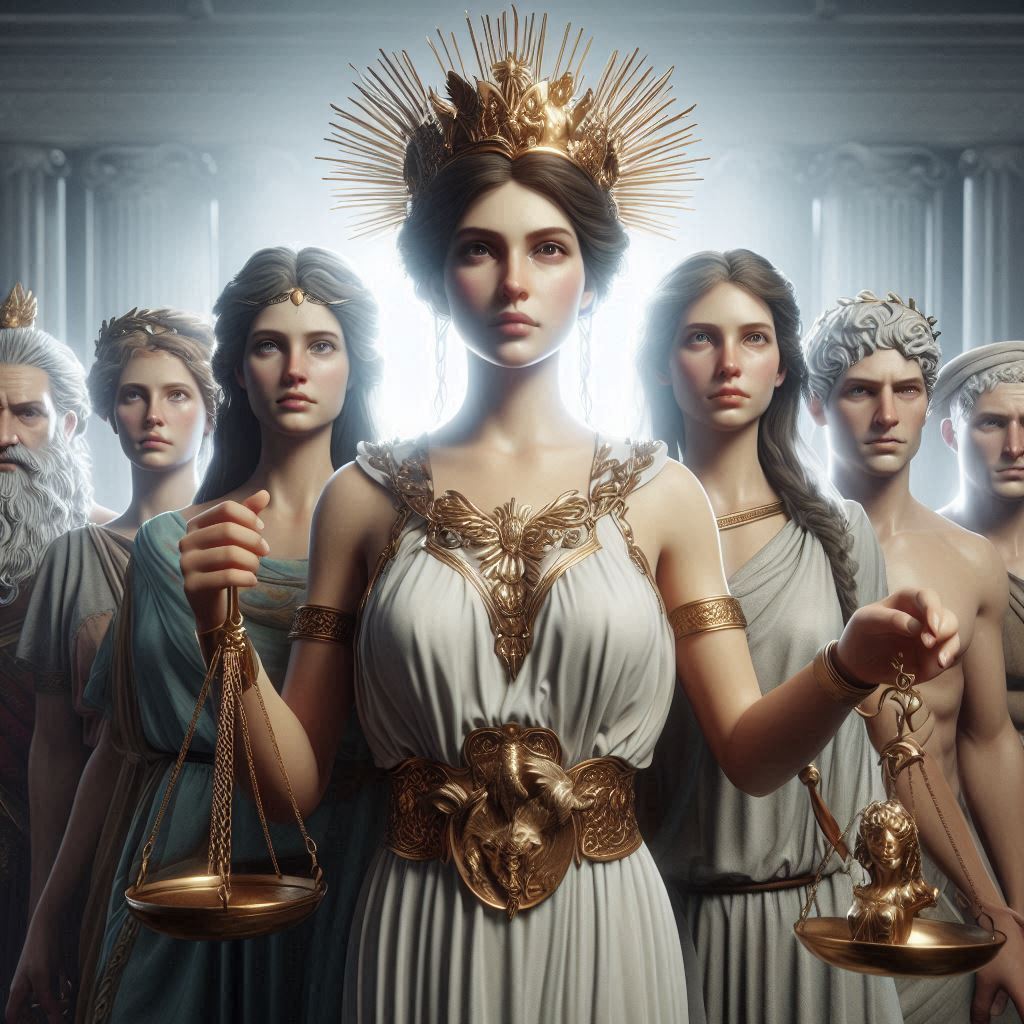Table of Contents
Why ‘To Kill a Mockingbird’ is a Masterpiece: A Timeless American Novel
More than six decades after its publication, Harper Lee’s To Kill a Mockingbird remains a cornerstone of American literature. Its status as a masterpiece isn’t accidental; it’s the result of a powerful blend of moral clarity, unforgettable characters, and a story that continues to speak to the heart of the human experience. Let’s explore the key reasons for its enduring power.

1. A Clear Moral Compass in a Complicated World
At its heart, the novel is driven by a powerful and unwavering moral core, embodied by Atticus Finch. In a world of grays, Atticus provides a beacon of integrity. His famous advice to his daughter Scout—
“You never really understand a person until you consider things from his point of view… until you climb into his skin and walk around in it”
—is the book’s guiding principle. This lesson in empathy transcends the specific prejudice of the plot, offering a universal template for decency.
His defense of Tom Robinson is heroic not because he expects to win, but because it is the right thing to do. He redefines courage as “when you know you’re licked before you begin but you begin anyway and you see it through no matter what.” This message of quiet, persistent principle continues to resonate deeply with readers of all ages.
2. The Genius of a Child’s Narrative Voice
Lee makes profound themes accessible by telling the story through the eyes of young Scout Finch. This narrative choice is a masterstroke for two key reasons:
- Innocence as a Lens: Scout’s perspective filters the complex adult world of hypocrisy and hatred through a child’s simple, often confused, logic. Her questions expose the absurdity of prejudice in a way an adult narrator never could.
- Experiencing the Journey: The reader discovers the horrors of injustice alongside Scout and Jem. We feel their bewilderment and their shattered idealism firsthand, making the novel’s social critique more visceral and impactful than a direct lecture could ever be.
3. Holding a Mirror to American Contradictions
To Kill a Mockingbird is a masterful exploration of the gap between American ideals and reality. The town of Maycomb, Alabama, is a microcosm of a nation struggling with its identity.
The trial of Tom Robinson exposes the chasm between the promise of “justice for all” and the grim truth of systemic racism. The novel’s brilliance lies not just in portraying overt evil (Bob Ewell), but in illustrating the polite, passive racism of “good people” who enable the tragedy. This uncomfortable reflection remains powerfully relevant, ensuring each new generation sees its own struggles in the story of Maycomb.
4. The Enduring Power of Its Central Metaphor
The novel’s themes are crystallized in one simple, powerful metaphor: the mockingbird. The lesson that “it’s a sin to kill a mockingbird” becomes the book’s moral litmus test. The mockingbird represents pure innocence destroyed by evil.
- Tom Robinson is the quintessential mockingbird—a kind man destroyed for the crime of being Black and kind.
- Boo Radley is another—a gentle soul persecuted by the town’s gossip and fear.
This symbolism elevates the story from a specific tale of racial injustice in the 1930s South to a universal parable about protecting innocence and the tragedy of its destruction.
5. The Nuanced Portrait of a Community
Beyond its central heroes and villains, the novel’s depth is rooted in its rich tapestry of secondary characters. Lee populates Maycomb with complex figures who defy easy categorization, mirroring the moral ambiguities of the real world. Miss Maudie offers warmth and wisdom, while Mrs. Dubose represents a more complicated form of courage, battling her morphine addiction. Even the minor characters, like the impoverished but honorable Mr. Cunningham, serve to illustrate that goodness and complicity can coexist within the same person. This nuanced portrayal prevents the story from becoming a simple morality play, instead presenting a community where social pressure, ingrained tradition, and individual conscience are in constant conflict.
6. The Enduring Power of Its Central Metaphor
The novel’s themes are crystallized in one simple, powerful metaphor: the mockingbird. The lesson that “it’s a sin to kill a mockingbird” becomes the book’s moral litmus test. The mockingbird represents pure innocence destroyed by evil.
- Tom Robinson is the quintessential mockingbird—a kind man destroyed for the crime of being Black and kind.
- Boo Radley is another—a gentle soul persecuted by the town’s gossip and fear.
This symbolism elevates the story from a specific tale of racial injustice in the 1930s South to a universal parable about protecting innocence and the tragedy of its destruction.
7. A Lasting Cultural and Educational Impact
The legacy of To Kill a Mockingbird extends far beyond the page, cementing its status as a cultural touchstone. It is one of the most widely taught novels in American schools, serving as a foundational text for discussions about justice, empathy, and history for generations of students. Its influence permeates the legal profession, where Atticus Finch is often cited as an inspirational, albeit idealized, model of integrity. Furthermore, the novel has spawned an acclaimed film, countless stage adaptations, and its characters and quotes have become embedded in the cultural lexicon. This enduring presence in education, law, and popular culture demonstrates its profound and ongoing role in shaping the American moral imagination.
Conclusion: A Masterpiece for the Ages
To Kill a Mockingbird earns its title as a masterpiece by seamlessly fusing a gripping courtroom drama, a poignant coming-of-age story, and a powerful moral fable. It is a novel that speaks equally to the heart and the mind, offering a clear-eyed critique of society’s failures while steadfastly affirming the power of courage, empathy, and doing what is right. This is why Harper Lee’s work remains not just a book to be studied, but a necessary guide for the human conscience.


No responses yet